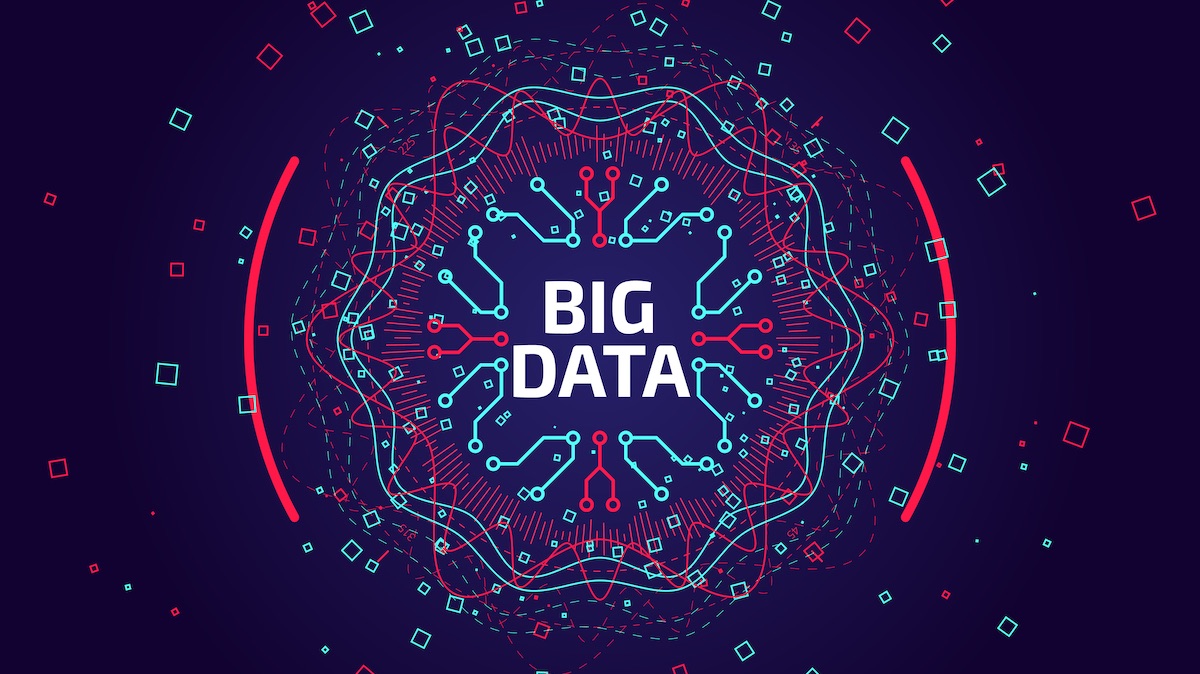The world’s largest solid state drive is here. At 100TBs, it has all the space your data could desire but is it the best way to store your business’ big data?
At the beginning of 2020, it was estimated that the digital universe consisted of 44 zettabytes of data; and in case you’re wondering, a zettabyte is 1,000,000,000,000,000,000,000 bytes. So yeah, that’s a ton of data!
With so much data floating around in the digital universe, it’s no surprise that Nimbus Data introduced a 100 TB solid state disk drive to the market in 2018. Lauded as the “world’s largest hard drive”, many were interested in what the price point of this mammoth SSD would be. But unfortunately, for the last two years, Nimbus Data has only released the price on-demand… this week, that changed.
The announcement of the mega-drive’s price was made earlier this week. The amount?
Yes, you read that correctly. Forty-thousand dollars. And while that may seem like a lot, it’s on par for the cost of first-generation tech. Remember how much you paid for your 256MB thumb drive in 2000? Or did you see our blog that talked about the world’s first external harddrive that rented for $3200/month in 1956? Drives, historically speaking, enter the market with a hefty price tag and then decrease as the device becomes available to consumers, so while $40,000 seems like a lot (after all, you could get a luxury car for that much) the price isn’t too brazen.
But even with its somewhat ‘affordable’ price point, is the Nimbus Data 100TB worth it? The short answer — probably not.
The ideal customer for the drive isn’t your average consumer, but a business; and while businesses absolutely need a big data solution to protect their enterprise data, businesses also need to watch their bottom line. So how can a company ensure their data is protected without spending tens of thousands of dollars? Let’s take a look at the cloud.
With the evolution of cloud technologies and the innovation from cloud service providers, cloud storage has gotten less expensive, but more reliable. Although many cloud services are offered on a subscription basis, because their monthly fee is so low, it would take years to reach a price equal to the Nimbus Data. Also, when considering on-premises hard drives like the Nimbus, businesses also have to take into account when doing a cost analysis, the lifespan of the hardware, which in this case is 5-years. Add on top of that, the costs of setting up and running a successful network infrastructure to allow and manage every employee to seamlessly send their data to the hard drive, and retrieve it, and you soon realise the $40,000 price tag is just the beginning. On the other hand, take Zoolz’s Mass Storage Plans, a solution launched in 2020 by Zoolz Cloud Backup, who are one of the oldest, and considered by many, one the most reliable cloud providers on the market. Offering 100TB for $500/month, if you were to take into account the 5-year lifespan of the Nimbus, a five-year 100TB Zoolz subscription would cost you only $30,000. Perhaps more importantly, this cost includes everything from a central console to manage your entire team – whether that’s 50 employees or 50,000 – with unlimited users and servers, unlimited external and network drives, full end-to-end encryption, zero restore costs, free support and more.
But the cost and options aren’t the only thing that gives reason to pause. The ExaDrive 100 TB is still an external hard drive, meaning it’s vulnerable to the same failure and physical damage that has plagued computer hardware since its inception. With reports finding that failure rates have been increasing, it’s hard to justify spending tens of thousands of dollars for storage that is anything less than reliable.

